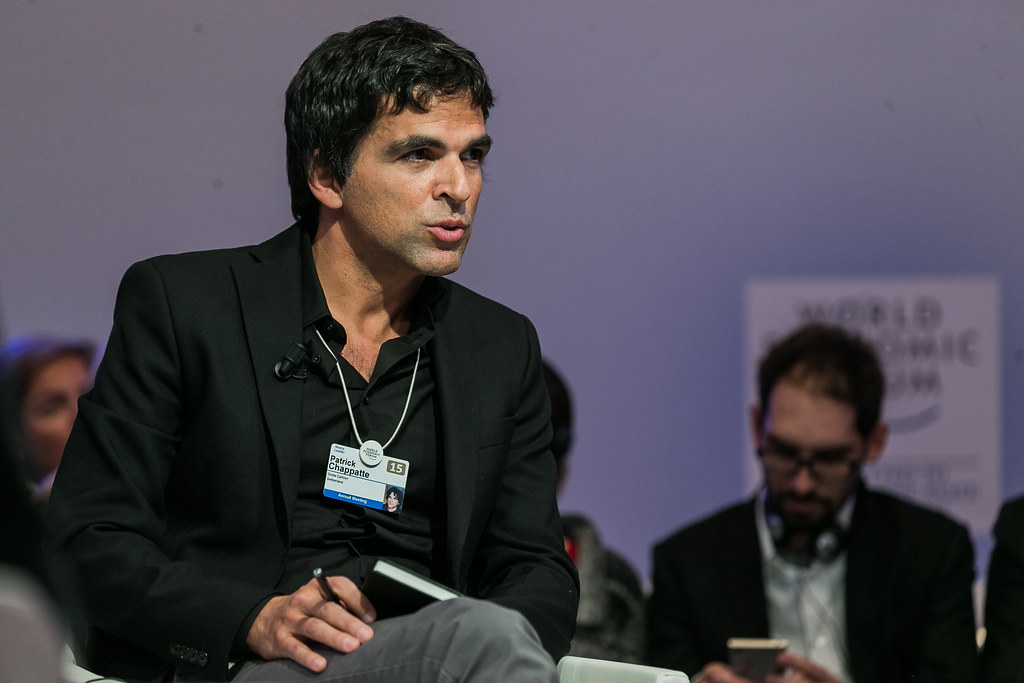Editorial Cartoons and Freedom of Speech: Editorial cartoons hold a unique position at the intersection of art, journalism, and satire. They are a powerful tool for commentary, using humor and visual metaphors to shed light on social and political issues. At their core, editorial cartoons champion freedom of speech, allowing artists to critique authority, question societal norms, and encourage public debate. However, with this freedom comes the responsibility to navigate ethical boundaries, respect diverse perspectives, and avoid causing unnecessary harm.
In this article, we will explore how editorial cartoonists strike a balance between exercising their right to free expression and upholding their responsibility toward audiences and subjects. Through understanding the complexities and challenges of editorial cartooning, we gain insight into how this art form contributes to democratic discourse while recognizing the importance of ethical decision-making.
1. The Role of Editorial Cartoons in Society
Visual Commentary and Engagement
Editorial cartoons are not just drawings; they are visual editorials that offer insights into current events, human behavior, and cultural shifts. By distilling complex issues into a single, often humorous image, editorial cartoons make these topics more accessible and relatable.
Benefits:
- Immediate Understanding: A well-crafted cartoon can convey meaning faster than lengthy articles.
- Emotional Resonance: Visual satire can provoke laughter, indignation, or empathy, deepening engagement.
- Democratic Participation: Cartoons inspire conversation, encouraging readers to think critically and share opinions.
Personal Insight: I’ve seen how a clever cartoon can initiate powerful discussions, making people consider angles they hadn’t before and fostering a sense of community around shared values or concerns.
Holding Power Accountable
Editorial cartoons serve as a form of checks and balances, criticizing leaders, policies, and institutions when they fall short. By calling out hypocrisy, exposing corruption, or highlighting social injustices, cartoonists play a watchdog role in supporting transparency and encouraging accountability.
Outcome:
- Public Awareness: Cartoons highlight issues that might otherwise go unnoticed.
- Cultural Impact: Memorable cartoons can shape public opinion and historical memory.
- Empowerment: Viewers feel validated when they see their sentiments reflected in visual satire.
2. Freedom of Speech: A Cornerstone for Cartoonists
The Legal Framework
In many democratic societies, freedom of speech is a protected right that allows cartoonists to express views without fear of government censorship. This right is crucial for editorial cartoons, which often challenge authority and address sensitive topics.
Key Aspects:
- Constitutional Protections: Many countries enshrine free speech, enabling bold critique.
- Limited Constraints: While generally free, certain legal limits like defamation laws or hate speech regulations may apply.
Example: A cartoonist depicting a political scandal can rely on free speech protections to critique officials openly, contributing to transparency and healthy debate.
Personal Insight: As a cartoonist, knowing that I can express critical opinions without legal retaliation empowers me to tackle meaningful subjects fearlessly, enriching the public dialogue.
The Global Perspective
Not all countries afford the same level of free speech. In places where censorship is prevalent, editorial cartoonists face significant risks, including legal repercussions, harassment, or worse. Despite these challenges, many artists persist, believing in the power of their work to spark change.
Considerations:
- Cultural Differences: What’s acceptable satire in one country might be taboo in another.
- Ethical Choices: Cartoonists in restrictive environments must decide whether to self-censor or defy limitations.
- Inspiring Resistance: In oppressive climates, cartoons can become symbols of resilience and defiance.

3. Balancing Rights and Responsibilities
Ethical Boundaries and Respect
While editorial cartoonists value their freedom, they also acknowledge the need to exercise this freedom responsibly. This means avoiding hate speech, refraining from perpetuating harmful stereotypes, and considering the potential impact on vulnerable communities.
Key Questions:
- Whom Does It Harm? Does the cartoon target policies or people’s identities?
- Is It Constructive? Does the critique encourage reflection and dialogue, or does it merely offend?
- Cultural Sensitivity: Are cultural contexts respected, ensuring the humor doesn’t become a form of marginalization?
Personal Insight: Striking the right balance is challenging. I’ve learned that sometimes the sharpest commentary can be delivered without demeaning individuals or groups. Thoughtful editorial decisions help maintain credibility and respect.
Self-Regulation and Integrity
Cartoonists must often rely on personal judgment and professional standards rather than formal rules. Ethical guidelines from professional organizations and newsroom editors can provide some direction, but each artist’s moral compass plays a vital role.
Approaches:
- Reflect Before Publishing: Evaluate the cartoon’s message, potential interpretations, and emotional impact.
- Seek Feedback: Colleagues, friends, or editors can offer insights into whether the piece crosses a line.
- Continuous Learning: Staying informed about social and political contexts ensures relevance and respect.
Example: Before finalizing a controversial cartoon, an artist might consult trusted peers to gauge how certain communities might perceive the imagery. This practice fosters understanding and prevents unintended harm.

4. The Impact of Editorial Cartoons on Society
Inspiring Dialogue and Change
Editorial cartoons can shift public conversations, influencing how people perceive events or figureheads. When done ethically and thoughtfully, they encourage viewers to ask questions, form opinions, and, in some cases, demand change.
Effects:
- Elevating Public Consciousness: Cartoons can bring neglected issues to the forefront.
- Cultural Resonance: Memorable cartoons become cultural touchstones, living on as references in future debates.
- Advocacy: Some cartoonists align with causes, using their art to champion human rights, environmental protection, or social justice.
Example: A cartoon spotlighting environmental degradation might prompt environmental groups, policymakers, and the public to engage in more urgent discussions about sustainability.
Fostering Understanding and Empathy
Cartoons can simplify complex issues, making them more approachable. They can humanize statistics or distant conflicts, bridging the gap between personal experience and global concerns.
Outcomes:
- Emotional Connections: People relate to visuals faster than dense text, fostering empathy for others’ struggles.
- Encouraging Perspective-Taking: Visual satire nudges viewers to consider viewpoints they might otherwise dismiss.
Personal Insight: I’ve witnessed cartoons that cut through apathy, inspiring people to care about causes or communities they previously overlooked. The art’s emotional power makes it more than mere entertainment.

Editorial Cartoons and Freedom of Speech
A Delicate Dance of Freedom and Responsibility
Editorial cartoons exemplify the delicate balance between exercising the right to free expression and acknowledging the responsibilities that come with it. They challenge authority, spark debate, and reflect the zeitgeist, all while navigating ethical considerations and cultural sensitivities. By employing humor, symbolism, and artistry, cartoonists contribute to a richer democratic discourse, ensuring that the world’s complexities are not only understood but also felt on a personal level.
Final Thoughts:
As a cartoonist, I cherish the freedom to critique and enlighten through images. Yet, I’m also mindful that every line I draw carries weight. Respecting diverse perspectives and making ethical choices ensures that the art remains constructive, thought-provoking, and genuinely impactful.
Call to Action:
I encourage readers to engage with editorial cartoons mindfully. Interpret their messages, consider their ethical implications, and join the conversations they inspire. As we appreciate the artistry and wit, let’s remember that these images shape public opinion, foster accountability, and, at their best, propel us toward understanding and progress.
This post was created with our nice and easy submission form. Create your post!




